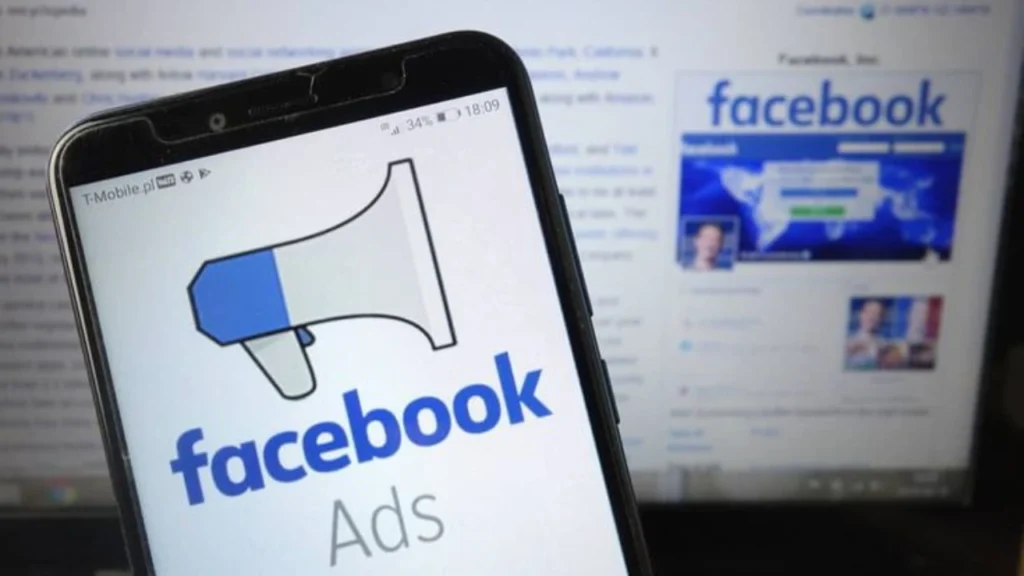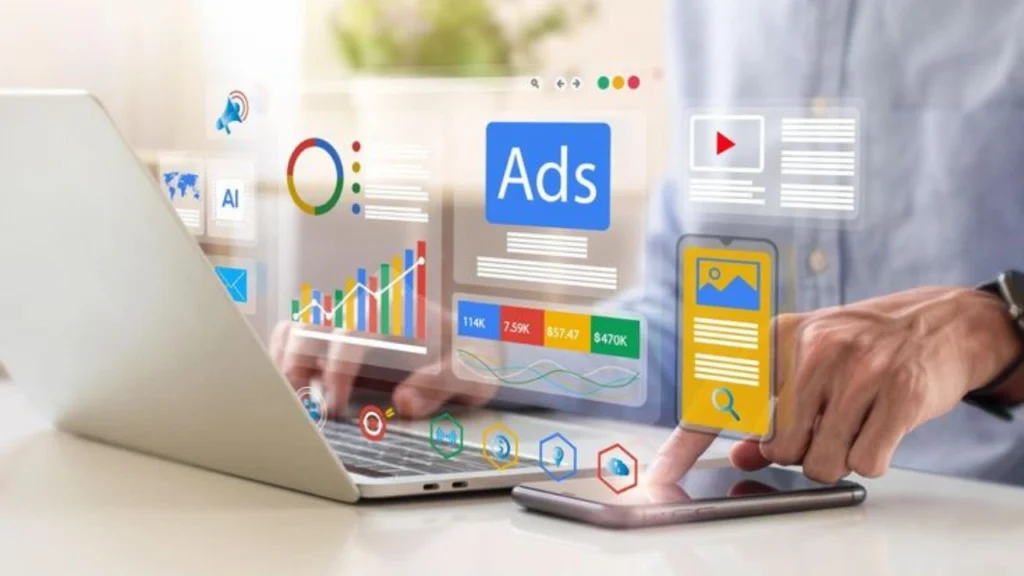In the ever-evolving world of digital marketing, businesses are constantly seeking ways to reach their target audience effectively. Among the most powerful tools available are paid advertising and Pay-Per-Click (PPC) advertising. These strategies allow businesses to increase visibility, generate leads, and drive conversions through targeted ads. But what exactly is paid advertising, and how does PPC work? This comprehensive guide will explore the intricacies of paid advertising and PPC, helping businesses understand their significance and best practices.
Understanding Paid Advertising
Paid advertising refers to any form of online advertising where businesses pay a platform to display their ads to a specific audience. This can include search engine ads, social media promotions, display ads, and sponsored content. The primary advantage of paid advertising is the ability to control who sees your ads and when, ensuring that marketing efforts reach the most relevant audience.
Some of the most popular paid advertising channels include:
- Google Ads – Advertisements that appear on Google’s search engine results pages (SERPs).
- Facebook Ads – Targeted promotions that appear on Facebook feeds.
- Instagram Ads – Visual ads placed within Instagram stories and feeds.
- LinkedIn Ads – Ads targeting professionals on LinkedIn.
- YouTube Ads – Video ads played before or during videos on YouTube.
- Display Ads – Banner ads appear on websites within Google’s Display Network.
Paid advertising campaigns are typically run through auction-based systems, where businesses bid for ad placements based on keywords, audience demographics, and other targeting parameters.
What is PPC Advertising?
PPC (Pay-Per-Click) advertising is a specific type of paid advertising where businesses pay a fee each time a user clicks on their ad. This model ensures that advertisers only pay for actual engagement rather than impressions (ad views). PPC is one of the most cost-effective methods of digital advertising because businesses can set a budget and optimize their campaigns based on performance.

How Does PPC Work?
- Keyword Research – Advertisers choose relevant keywords that potential customers might search for.
- Ad Creation – A compelling ad is designed with headlines, descriptions, and a call to action.
- Bidding Strategy – Advertisers set a maximum bid for how much they are willing to pay per click.
- Ad Placement – The ad appears in search results, social media feeds, or partner websites.
- User Clicks on Ad – The advertiser pays a fee when someone clicks on the ad.
- Conversion Optimization – Advertisers track clicks and conversions to improve future campaigns.
Here is a visual representation of the PPC process:
Benefits of PPC Advertising
PPC advertising offers several advantages for businesses looking to increase brand awareness and conversions:
1. Immediate Results
Unlike organic search engine optimization (SEO), which takes time to generate traffic, PPC campaigns can drive visitors to a website almost instantly.
2. Targeted Audience Reach
PPC platforms allow advertisers to target users based on demographics, interests, location, and even device type.
3. Budget Control
With PPC, businesses can set daily or monthly budgets, ensuring they never exceed their advertising expenses.
4. High ROI
Since PPC advertisers only pay when users interact with their ads, the return on investment (ROI) can be significant if campaigns are properly optimized.
5. Measurable Performance
PPC campaigns provide detailed analytics, allowing businesses to track key performance indicators (KPIs) such as click-through rates (CTR), conversion rates, and cost-per-click (CPC).
Different Types of PPC Advertising
1. Search Ads
Search ads appear at the top of search engine results when users enter relevant queries. These are commonly seen in Google Ads and Bing Ads.

2. Display Ads
These are banner ads that appear on websites, apps, or Google’s Display Network. They are highly visual and great for brand awareness.
3. Social Media Ads
Platforms like Facebook, Instagram, LinkedIn, and Twitter offer PPC advertising options where businesses can promote content to a specific audience.
4. Remarketing Ads
These ads target users who have previously visited a website but didn’t make a purchase. Remarketing campaigns help businesses re-engage potential customers.
5. Shopping Ads
E-commerce businesses use shopping ads to showcase products directly in search results with images, prices, and descriptions.
6. Video Ads
Video ads appear on YouTube and social media platforms, making them highly engaging for users.
How to Create a Successful PPC Campaign
To maximize PPC advertising success, businesses should follow these key steps:
1. Define Your Goals
Establish what you want to achieve with PPC—brand awareness, lead generation, or sales.
2. Conduct Keyword Research
Use tools like Google Keyword Planner or SEMrush to find high-intent keywords related to your business.
3. Create High-Quality Ads
Write compelling ad copy that includes a strong call to action. Use eye-catching visuals and videos where applicable.
4. Optimize Landing Pages
Ensure that the page users land on after clicking the ad is optimized for conversions with clear messaging and a user-friendly design.
5. Set a Budget & Bidding Strategy
Determine how much you are willing to spend per click and choose a bidding strategy that aligns with your goals.
6. Monitor & Adjust Campaigns Regularly analyze PPC performance metrics and make data-driven adjustments to improve results.

Common PPC Mistakes to Avoid
- Ignoring Negative Keywords – Not excluding irrelevant search terms can waste your budget.
- Poor Ad Copy – Weak headlines and descriptions can lead to low CTRs.
- Not A/B Testing – Failing to test different ad variations can result in underperformance.
- Ignoring Mobile Users – Not optimizing for mobile can lead to lost conversions.
- Lack of Conversion Tracking – Without tracking conversions, you can’t measure campaign success.
FAQs
1. What is the difference between PPC and SEO?
PPC is a paid strategy where businesses pay for clicks, while SEO focuses on organic traffic through search engine optimization techniques.
2. How much does PPC advertising cost?
The cost of PPC varies based on industry, competition, and bidding strategy. Advertisers set their own budgets.
3. Is PPC better than organic marketing?
PPC delivers faster results, but organic marketing (SEO) provides long-term benefits. A combination of both works best.
4. Which platform is best for PPC advertising?
Google Ads is the most popular, but platforms like Facebook, Instagram, LinkedIn, and YouTube also offer effective PPC options.
5. How can I improve my PPC campaign performance?
Optimize keywords, create compelling ad copy, use A/B testing, and regularly analyze data to refine your strategy.
Conclusion
Paid advertising, particularly PPC, is a crucial digital marketing strategy that helps businesses reach targeted audiences, drive traffic, and increase sales. By understanding how PPC works, leveraging different ad formats, and optimizing campaigns for performance, businesses can achieve significant ROI.
Investing in PPC advertising requires strategic planning and continuous monitoring, but when done correctly, it can be a game-changer for business growth. Whether you’re a small business owner or a large enterprise, mastering PPC can give you a competitive edge in today’s digital landscape.By leveraging platforms like Google Ads, Facebook Ads, and Instagram Ads, businesses can reach potential customers at the right moment, increasing brand awareness and conversions. The key is to create compelling ad copy, use precise targeting, and track performance metrics to improve results over time.
While paid advertising involves investment, the right strategy can turn every dollar spent into valuable customer interactions, making it an essential part of any modern marketing plan. Whether you’re a small business or a large enterprise, mastering paid advertising can give you a competitive edge and drive sustainable growth.
Check out more blogs.
Follow us on Instagram.



